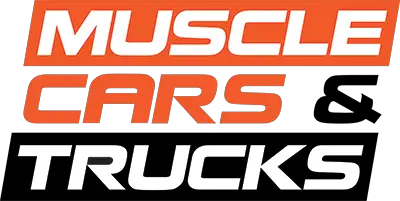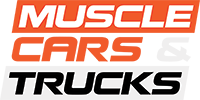There is an inherent level of quality that people attach to the phrase “hand-built”, as it implies that an item was crafted by skilled technicians. While it was far more common for automobiles to be constructed this way decades ago, machines have long since replaced the need for human hands in most cases. This hasn’t stopped manufacturers from returning to their roots entirely however, such as the likes of the mad-men in Affalterbach behind Mercedes’ AMG, who follow the one man/one engine mantra. This type of quality assurance isn’t entirely surprising from a luxury powerhouse like Mercedes, but it may be a bit of a surprise to learn that every 2020 Mustang Shelby GT500 will carry a hand-built engine under its hood.
Thanks a video on the Speed Metal Media YouTube channel and a detailed write-up by Hot Rod Network, we now have a good idea how this process goes. A single engine builder and their support staff will construct every one of the 5.2-liter supercharged V8 engines internally known as the Predator V8, which produces 760 horsepower and 625 pound-feet of torque. That’s enough horsepower for the 2020 Mustang Shelby GT500 to lay claim as the most powerful Ford ever produced. The Predator V8’s are assembled at Ford’s Romeo Engine Plant alongside the VooDoo V8 found under the hoods of the Shelby GT350 and GT350R. These unique power plants aren’t constructed alongside more conventional motors built within the massive 2,043,778 square-foot facility, but rather inside a tiny area known as the Niche Line.
Originally conceived in 1996 to handle construction of the Four-Valve 4.6-liter V8 developed for the Mustang Cobra, the Niche Line has remained the place where Ford’s most special eight-cylinder engines are born for over 20 years. Renowned engines like the 4.6L V8 found in the Terminator Cobra, or the supercharged 5.4L V8 found in the 2005 Ford GT have all been built along the Niche Line.
According to Hot Rod Network, despite the similarities between the Voodoo and Predator castings, the two engines do receive different machining. The 21-station assembly line is designed to take the engines from bare block to fully dressed and test fired, though the two engines require two separate sets of protocols which resulted in a completely redesigned construction interface to allow the engines to split production time on the same line. The resulting changes have allowed for the builder and support team to complete a Predator V8 engine in under 210 minutes from the bare block. The build teams rotate during the week between support and lead roles.
At the end of the process, each builder stamps a plaque on the top of the 2020 Mustang Shelby GT500 motor with their signature, so the car’s owners will know assembled their engine by hand before they are transported to Ford’s Flat Rock facility.







They assemble these engines without any assembly lube, or oil of any kind on any of the rotating surface’s. I mean with the experience of building at least 40 to 50 all type engines in my life. I always applied assembly lube to any surface that was going to see friction. Full roller or not, that’s just a good engine builder’s way of doing it.
Yikes!